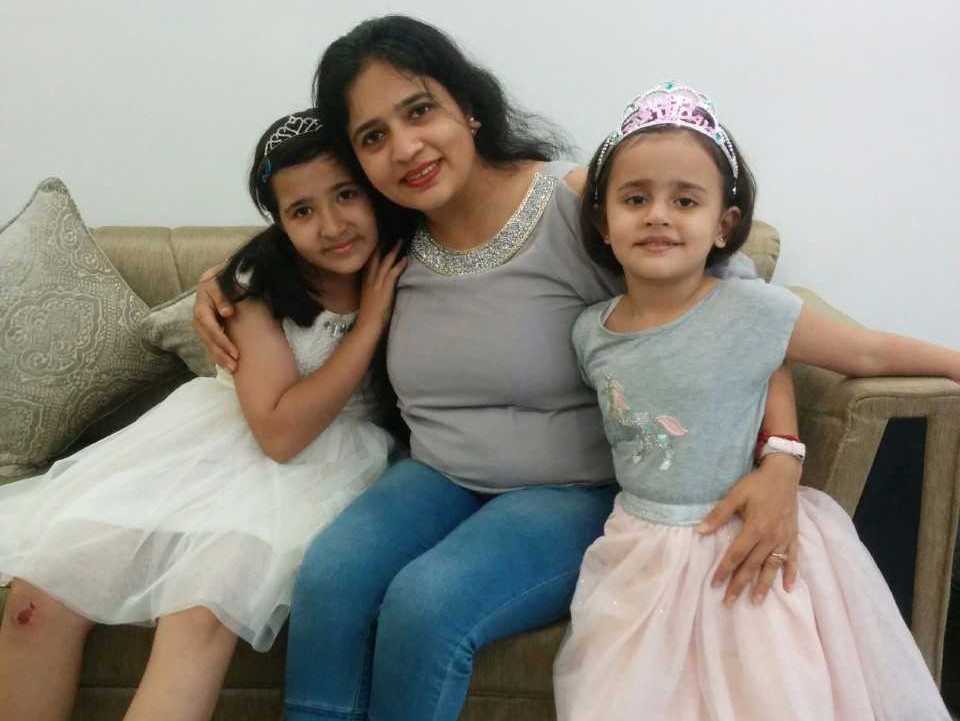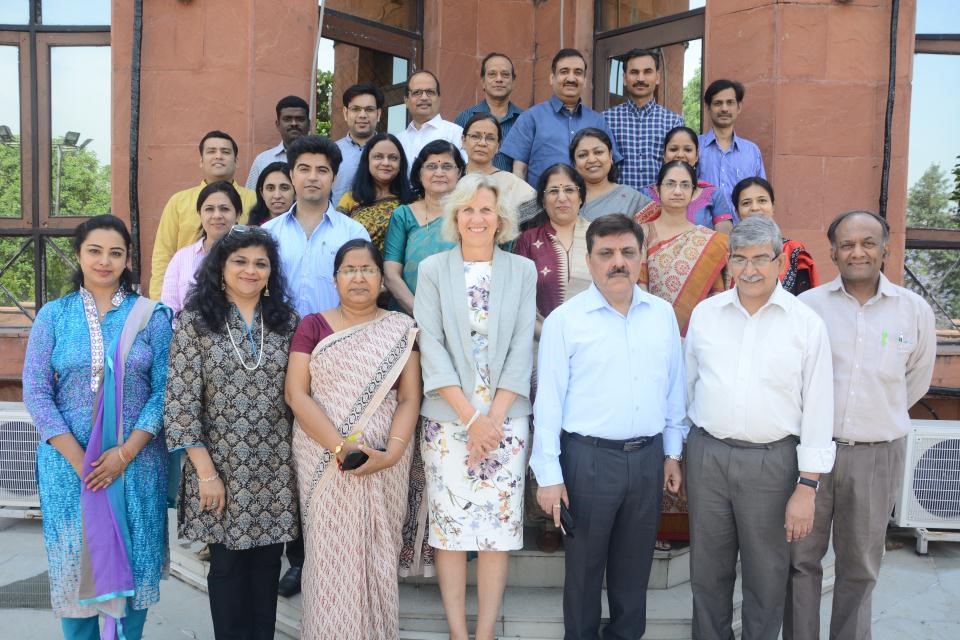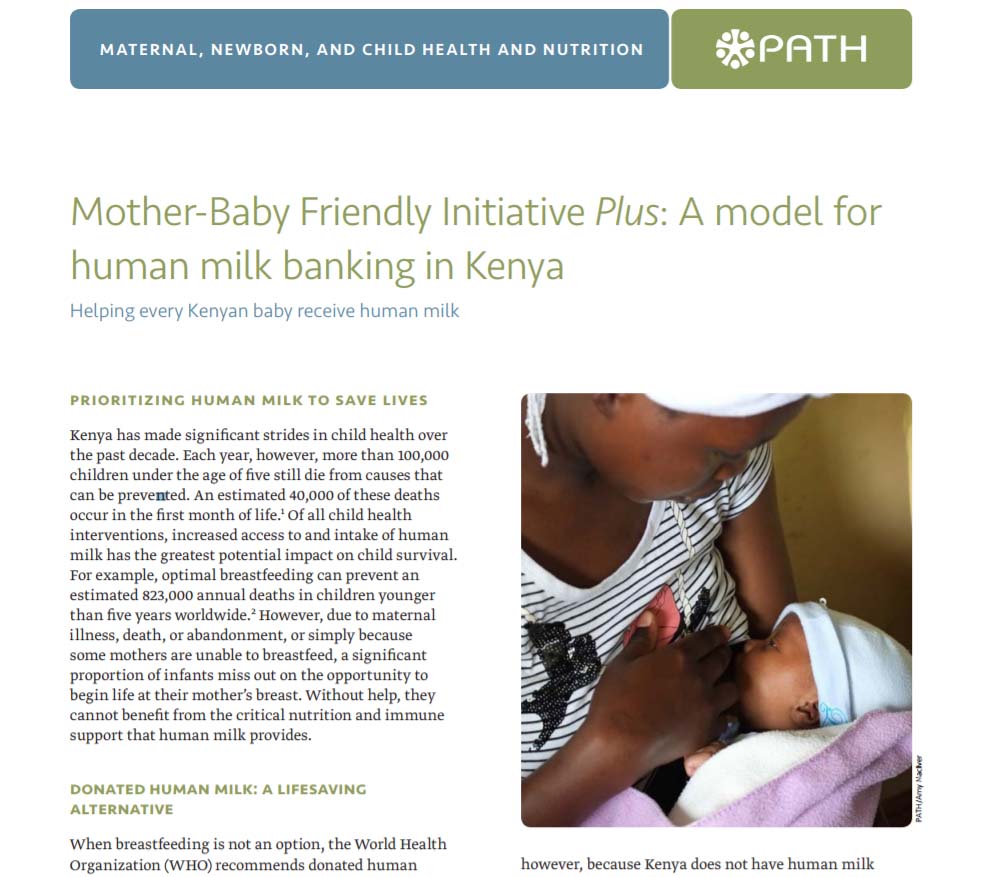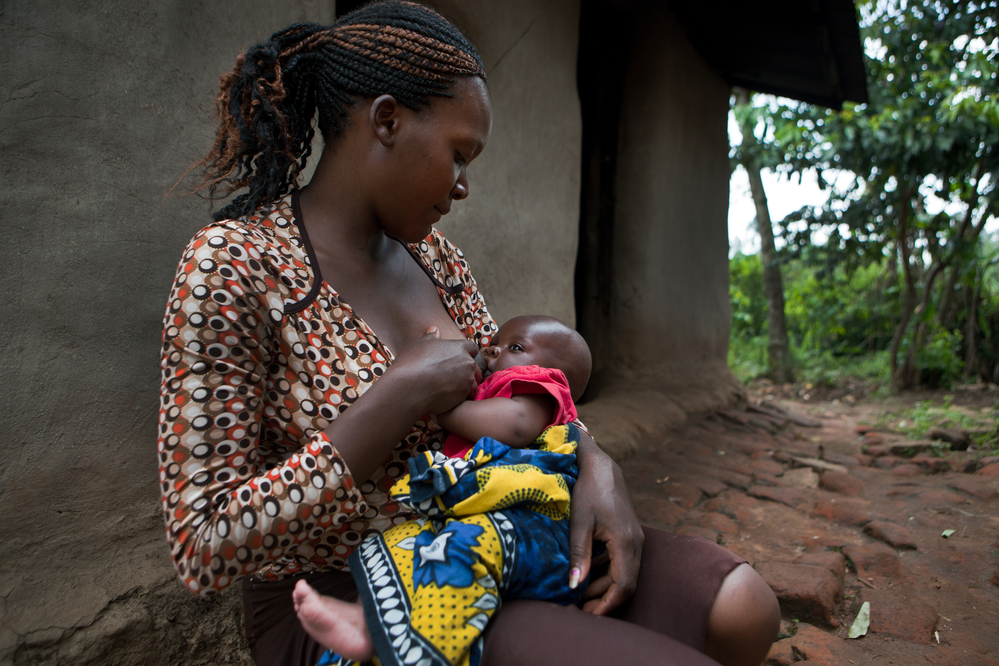Breastfeeding and child survival
|

Ruchika with her daughters, Shyla and Sadhya.
Breastfeeding provides optimal nutrition and is a pillar of child survival. Despite that, in India, only 42 percent of babies are breastfed in the first hour of birth and only half are exclusively breastfed for the first six months. When I see my daughters, Shyla (10) and Sadhya (5), healthy and smart, I know that breastfeeding played a role in laying a solid foundation for their future.
At PATH, one of our key roles has been to increase access and uptake of breastmilk, so that every child in India gets a head start in life. Working with PATH global colleagues, governments and local partners, we are gradually achieving this by strengthening health systems, sharing global guidance, supporting innovation, and creating awareness.
India achieved a major milestone on July 6, 2017, when the government launched the “National Guidelines on Lactation Management Centres in Public Health Facilities.” The guidelines are modeled on PATH’s Mother Baby Friendly Initiative Plus model, an integrated system which strengthens breastfeeding education and support, promotes kangaroo mother care, and ensures provision of safe donor human milk for babies who cannot access mother’s own milk. The end objective is to universalize the availability of breastmilk for all babies.
For the high number of premature and low birth weight babies in the country, breastmilk is crucial for their survival and wellbeing. If fed formula milk, contamination through bottles or unsafe water can increase chances of infections, sepsis, and diarrhea, which can be fatal. Interactions with the Government of India began three years ago, highlighting the need to increase access to human milk for vulnerable babies through the human milk bank system. Efforts were focused on building capacity; supporting learning exchanges; sharing best practices through the formation of the human milk banking network chapter of India; and forming a technical advisory group to discuss operational systems that would best suit India. All these efforts led to the drafting and publishing of the guidelines.

Globally, PATH has been at the forefront in supporting establishments of human milk banks as part of an integrated approach. We now see a growing momentum in advancing human milk banking in India. From 14 milk banks in 2014, today, there are more than 40.
A film on PATH’s work in India and the growing momentum of human milk banking in the country
As the guidelines are set to be implemented, ensuring that all babies have access to human milk so that they, too, can have a healthy future like my daughters, it is indeed a proud moment for many of us at PATH.













